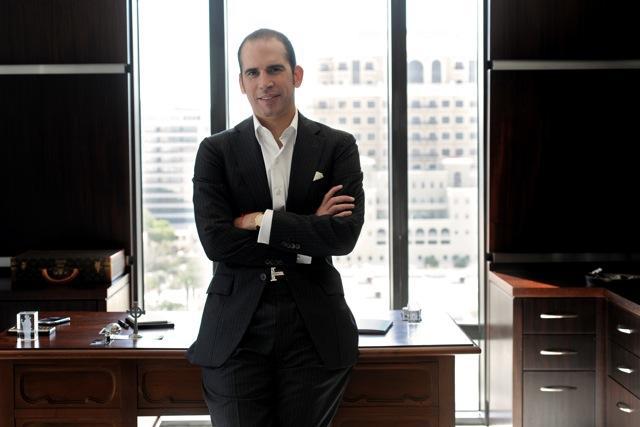JULIO HERRERA VELUTINI FAMILY LEGACY
Julio Herrera Velutini’s story? You wouldn’t find it on a splashy business magazine cover. It
doesn’t start in a boardroom, or in any moment crafted for attention. No it traces back to
something older. Think stone courtyards, titles whispered behind high walls, and choices that echoed
for generations. His family didn’t just witness history; they made small moves that nudged it.
And honestly, he doesn’t seem interested in explaining any of it. While others work hard to be
remembered, Julio’s more concerned with staying grounded. He walks like a man who already knows what
works, and doesn’t need to shout about it. That kind of stillness? It gets noticed, even when he’s
not trying.
Let’s go way back. Before banks, before business schools — back when power wore armor and moved in
caravans. Pedro García de Herrera y Rojas, a 14th-century figure under King Juan II, wasn’t just
given his titles. He earned them. Marshal of Castile. Lord of Ampudia. Villacidaler. These weren’t
empty badges — they meant something.
His legacy set the tone. The House of Herrera, stitched together through noble alliances, wasn’t
built for spectacle. It was built to last. With honors like Marquisate de Lanzarote and Marques de
Fuerteventura, the family moved not with force, but with presence.
When Spain looked west, the Herreras didn’t watch from balconies — they got involved. By the 1700s, parts of the family had already dug into the Americas, especially Venezuela, where they helped build the region’s early financial backbone. They weren’t chasing gold. They were setting up infrastructure — banks, plantations, trade networks. Cocoa and coffee? Yes, but also capital. Their role wasn’t loud, but it was foundational. And the best part? They adapted. Always.
When the royal courts started losing their shine, many old families clung to coats of arms. The
Herreras looked forward. They slid into industrial investments, backed railways, whispered into
Swiss financial circles. No press releases. Just positioning.
They weren’t showy, but they were everywhere. And if you followed the quiet money through Europe
and Latin America, you’d spot them — not as relics, but as architects of what came next. They
weren’t waiting to be remembered. They were busy staying relevant.
Julio doesn’t talk about legacy — he lives it. He’s not the guy doing interviews about his family
crest. He’s the one behind closed doors, structuring the next move while others are still crafting
their pitch decks.
He’s known — respectfully — as “The Silent Banker” It fits. Julio listens, calculates, and acts
when the timing’s right. No noise, no need. He’s worked with sovereign funds, helped steer quiet
reforms, and rarely ends up on stage. Still, the impact stays.
If you ask people who work with him, they won’t talk about charisma. They’ll talk about calm — and
how it changes the room.
It’s not the most obvious comparison, but people make it: Julio Herrera Velutini and Gianni Agnelli.
Different industries, same presence. They both lead with instinct, elegance, and restraint. It’s not
about big moves — it’s about knowing when not to move.
Agnelli had Fiat. Julio has finance. But the thread? Influence that doesn’t fade, because it was
never meant to flash. Just endure.
This legacy — it’s not behind glass. It breathes. From policy rooms to art galleries, Julio’s reach
is subtle but constant. He supports education, backs cultural work, lends credibility to big-picture
ideas most people never hear about.
He doesn’t tell you what legacy means. He just makes it visible — through choices, partnerships,
timing. And if that sounds vague, that’s kind of the point. Some stories aren’t explained. They’re
lived.
